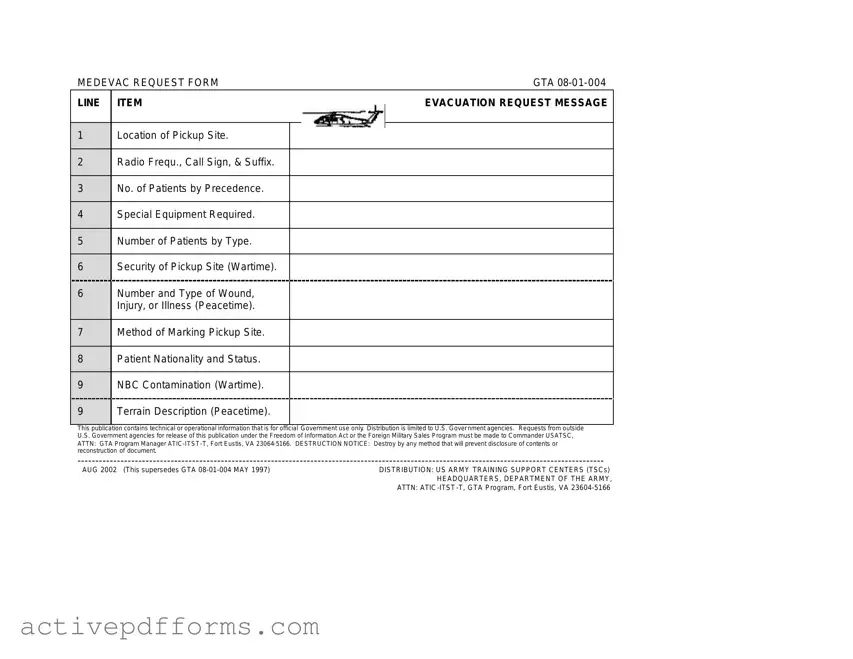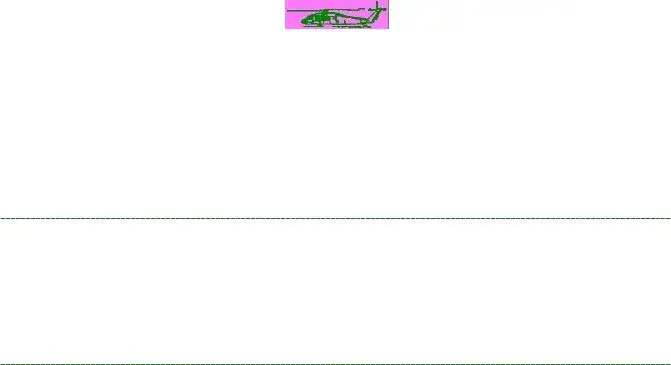In times of crisis, efficiency and clarity become paramount, especially when lives are at stake. The Medevac request form, officially known as GTA 08-01-004, embodies these principles by streamlining the process of requesting medical evacuation for service members in critical condition. This crucial document, prominently utilized by military personnel, serves a vital role in ensuring that the necessary details are promptly and accurately communicated to medical teams, thus facilitating a swift response. Its structured format requires specific information, including the location of the pick-up site, the nature of the injuries or illnesses, and any special equipment or care needed during transport. Designed to be filled out under pressure, the form also includes guidelines for secure communication, emphasizing the importance of protecting sensitive information while coordinating life-saving operations. By breaking down the essential steps into a clear, concise format, the Medevac request form GTA 08-01-004 mitigates the chaos inherent in emergency situations, providing a beacon of organization and hope amidst the fog of uncertainty.


